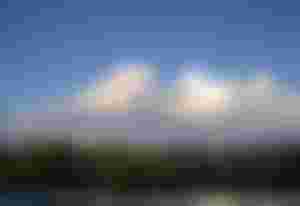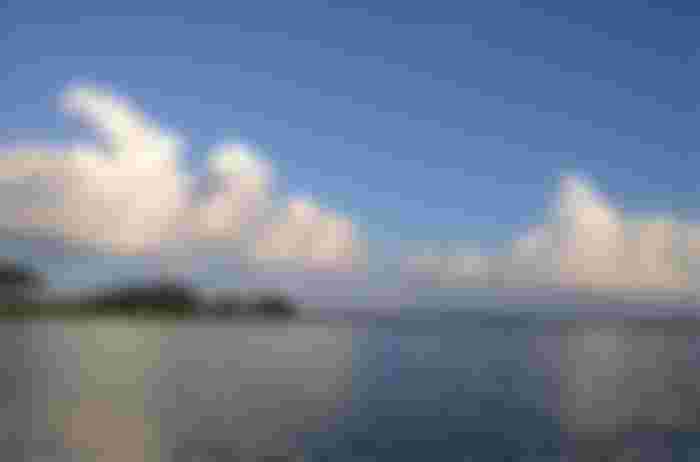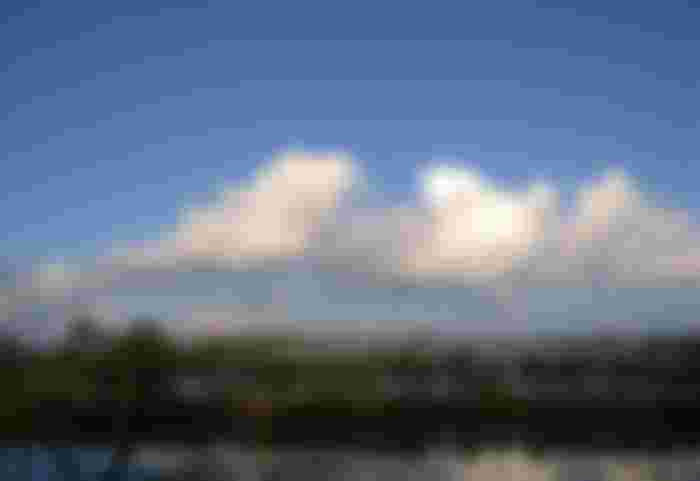The sky looks blue due to the special kind of reaction of the atmosphere with sunlight. All white light, including sunlight, is composed of many different colored lights. And each light has its own corresponding wavelength. Several different things can happen when this light is reflected in an object. For example, if sunlight passes through water or a transparent object, refraction of the wavelength of light can occur.

Or the direction of light may be curved. Because when light travels from one medium (air) to another medium (water) its speed also changes. The prism reflects its structural material colors by breaking down the light. This is because different wavelengths of light are reflected at different angles as they pass through the prism, and those colors also travel at different speeds. Mirrors, on the other hand, cause the refraction of light in a single direction. In addition, other objects can scatter and refract light in many directions. And the sky looks blue because of a special kind of scattering of light. This scattering occurs when light is reflected in particles of wavelength less than one tenth of the wavelength of light. And this scattering depends largely on the wavelength of light. Low-wavelength light is most scattered. In the lower atmosphere, tiny oxygen and nitrogen molecules scatter low-wavelength light,

such as blue and bay light. In fact, 400 nanometers of light (purple) is 9.4 times more than the scattering of 600 nanometers of light (red). Although the particles in the atmosphere reflect more purple rays than blue rays, the sky looks blue. Because our eyes are more sensitive to blue light. And purple light absorbs a slightly higher atmosphere. During sunrise and sunset, sunlight has to pass through most of the atmosphere to reach your eyes. Even the more purple and blue light is scattered, the more red and yellow light shines.


nice article , very informative , thanks for sharing